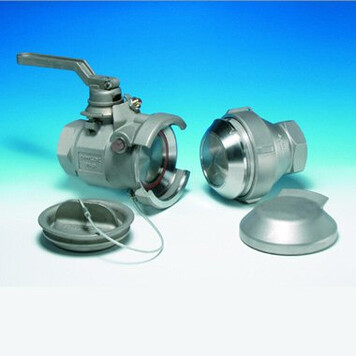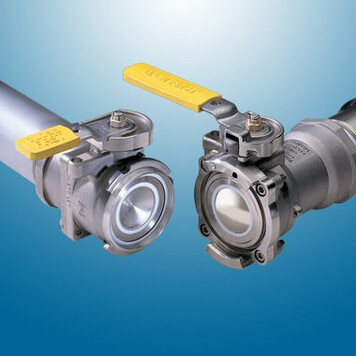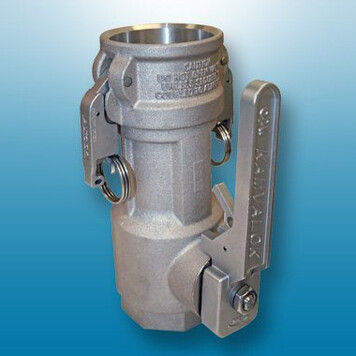Dry Disconnect Couplings
Liquip offers the most comprehensive line of dry disconnect products in the industry.
Our line of dry disconnects include Drylok™, Kamvalok® and Epsilon®, all suitable for a broad range of hazardous liquid applications.
Dry disconnect couplings have been proven as a successful technology to help protect workers and the environment in the transfer of hazardous materials. Our dry disconnect couplers ensure against accidental spillage of liquids.
If your product is corrosive, toxic, caustic or otherwise harmful, our high-performance dry disconnect couplings help reduce the hazards associated with the transfer of these products.



